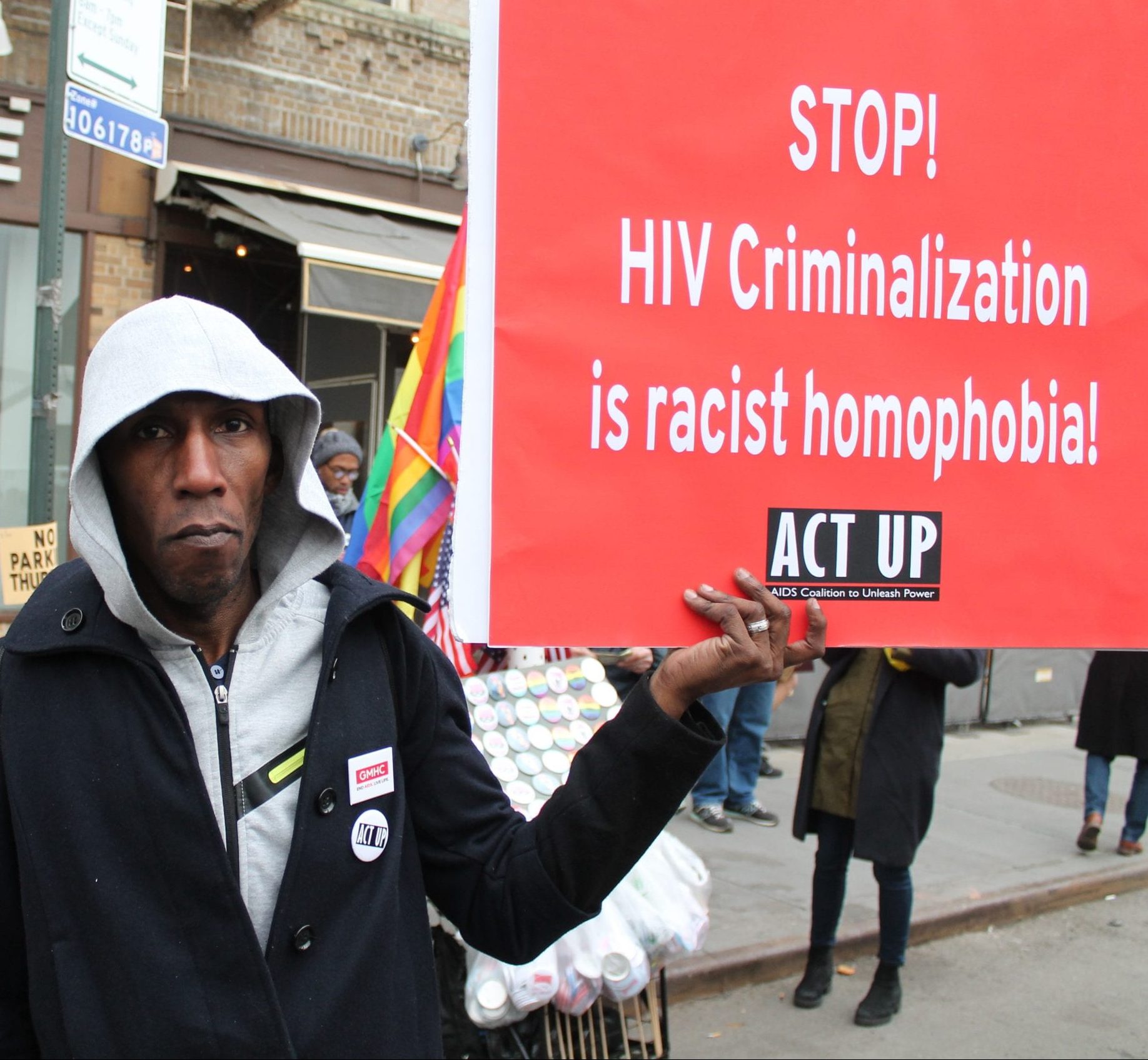From HIV-AIDS to COVID-19: Black Vulnerability and Medical Uncertainty

As America experiences mounting unrest amid the novel coronavirus (COVID-19) pandemic and protests against police’s senseless murdering of Black people, it is now more important than ever to listen to and take serious African Americans’ health concerns. The compounded catastrophes—COVID-19 and police brutality—are health crises caused by social and environmental factors such as (but not limited to) underemployment, housing insecurity, and inadequate access to healthcare. Throughout the nation, Black organizers and their allies are calling for defunding and abolishing the police, while others are clamoring for health equity to mitigate African Americans‘ skepticism of the medical community and the enduring effects of intergenerational health inequality. Similar issues existed in the 1980s with the AIDS and Crack epidemics, both of which disproportionately affected low-income Black communities. If the nation is serious about avoiding a second-wave COVID-19 pandemic and interested in ending police abuses of Black and brown people, it should look at its poor responses to Black communities during the AIDS crisis, which essentially rendered the Black AIDS experience invisible.
Part of the nation’s inability to confront the Black AIDS epidemic was due to the the stigmas associated with marginalized Black subpopulations. Men who had sex with men (MSMs) and injection drug users were two groups with high disease susceptibility. As gay white men illuminated the disease’s significance among MSMs, they also gained support from media outlets, medical experts and policymakers. This led to HIV-AIDS being framed as a “gay white disease,” thus complicating Black organizers’ ability to convince poor and working-class African Americans of the disease’s threat. In 1986, Black people comprised a quarter of all AIDS cases, but certain health professionals and activists still struggled to convince Black communities that it was not a “gay disease.” During the same year, Dr. Wesley Anderson of Philadelphia’s BEBASHI (Blacks Educating Blacks About Sexual Health Issues) told the Philadelphia Inquirer, “Those prominent articles in Time, Newsweek, and on network TV never showed any Black AIDS victims or health professionals.” 1 Anderson pointed out the nation’s role in misinforming the public of the disease’s danger to more than gay white men.
The media’s colorblind approach to the AIDS crisis did more damage than good for Black people. Such ideologies during a novel health calamity, said the historian Evelynn M. Hammonds, “buries racism along with race.” Minimizing race, she continued, meant a “failure to develop educational programs and materials that speak in the language of our communities and recognize the position of people of color in relation to the dominant institutions of society.” 2
One organization that employed culturally specific language during the height of the 1980s AIDS epidemic was the California Prostitutes Education Project (CAL-PEP). Founded in 1984 by former sex worker Gloria Lockett, the organization developed AIDS awareness and prevention material while simultaneously dispensing bleach, clean needles, and condoms to active sex workers and other low-income African Americans throughout the Bay Area. Their advocacy, however, did not stop police from harassing industry women. Lockett recalled police searching her and other women’s purses, “socks, coat pockets, pants pockets, bras and wigs” for condoms just to destroy them. On one occasion, an officer poked holes in over a dozen of her recently purchased condoms and told her “happy hunting.” It also became a common practice for police to release women from holding in the middle of the night. With drug stores closed and their condoms destroyed, women desperate enough would work without condoms. Marginalized as both sex workers and Black women, Lockett and CAL-PEP’s AIDS organizing went virtually unnoticed by mainstream and local accounts. Yet, their tactics were adopted by such organizations as the San Francisco AIDS Foundation, which caught scrutiny for its unwillingness to incorporate AIDS programs centering Black and Latinx communities 3
The crack epidemic and ongoing opioid crisis show longstanding disparities in treatment for Black and white Americans. Crack cocaine devastated communities throughout the country. Rather than offering treatment, policymakers resorted to punitive measures, including the 1986 Anti-Drug Abuse Act, allocating almost $2 billion in funds to police departments and the construction of new prisons. In the following year, possession of crack was deemed a federal crime, the only drug to carry such harsh measures. While Black people comprised the majority of federal prosecutions, historian Donna Jean Murch highlights that between 1986 and President Clinton’s 1994 crime bill, “not a single white person was convicted of a federal crack offense in Miami, Boston, Denver, Chicago, Dallas or Los Angeles. This, despite government research showing more than half of crack users were white.
The disparate treatment for Black and white Americans during the AIDS and crack epidemics, as well as the opioid crisis, elucidates this country’s unwillingness to listen to Black people or learn from its past mistakes. Communities have needs that should be addressed through culturally specific interventions by health professionals and policymakers. Social and environmental factors placed Black people at great risk during the early AIDS epidemic and is presenting similar problems with COVID-19. Racism creates an additional public health crisis that increases Black people’s disease vulnerability. Without structural changes addressing health determinants such as poor access to health care, underemployment, housing insecurity, and living in food deserts, there will be similar outcomes during the next pandemic. Organizations like CAL-PEP provided a template of speaking in the language of the communities in which one serves. To avoid repeating past mistakes, media outlets, policymakers, and the medical community should make risk groups central to knowledge production and listen to their needs. Colorblind approaches are fatal and only reinforce health and health care disparities.
